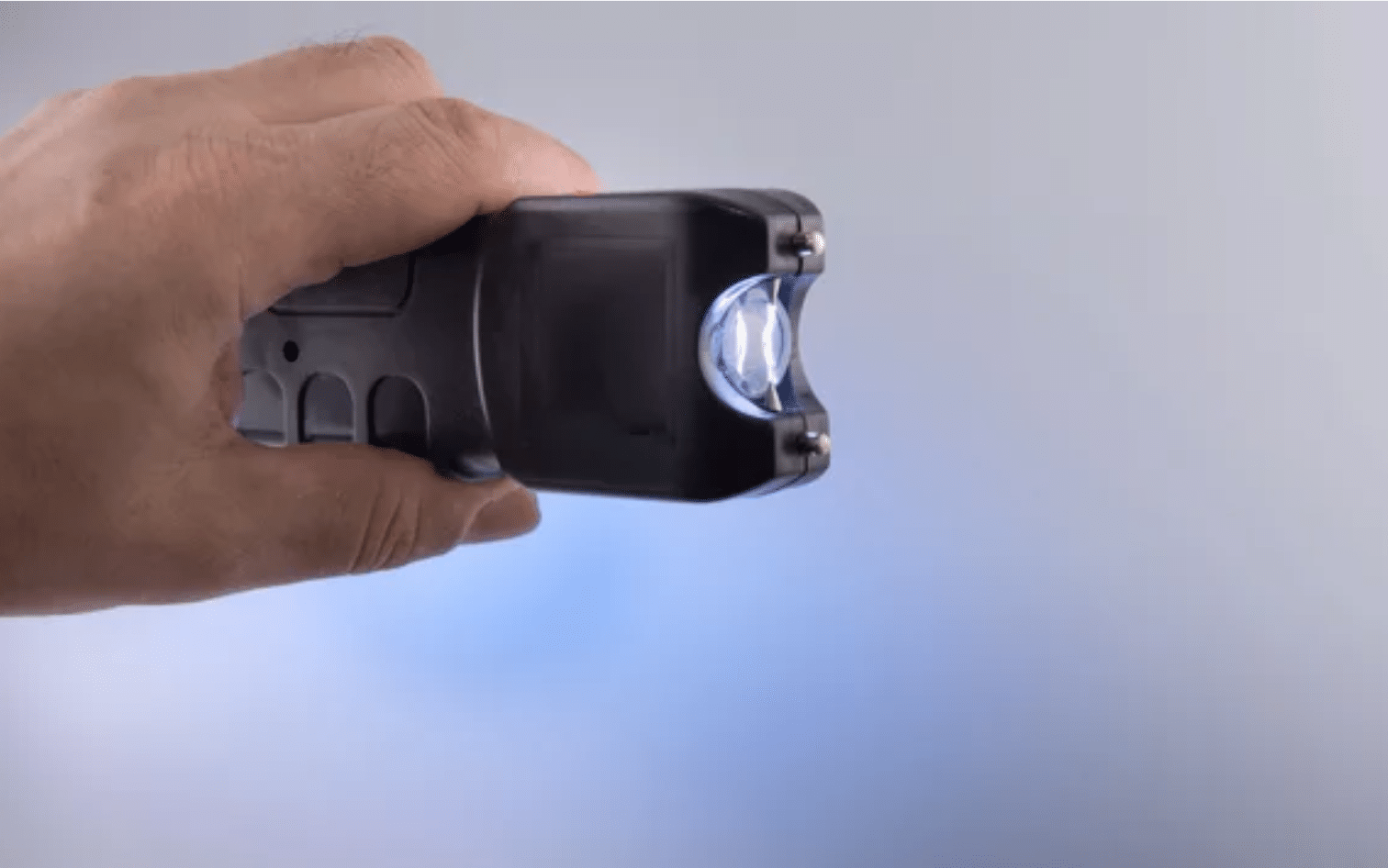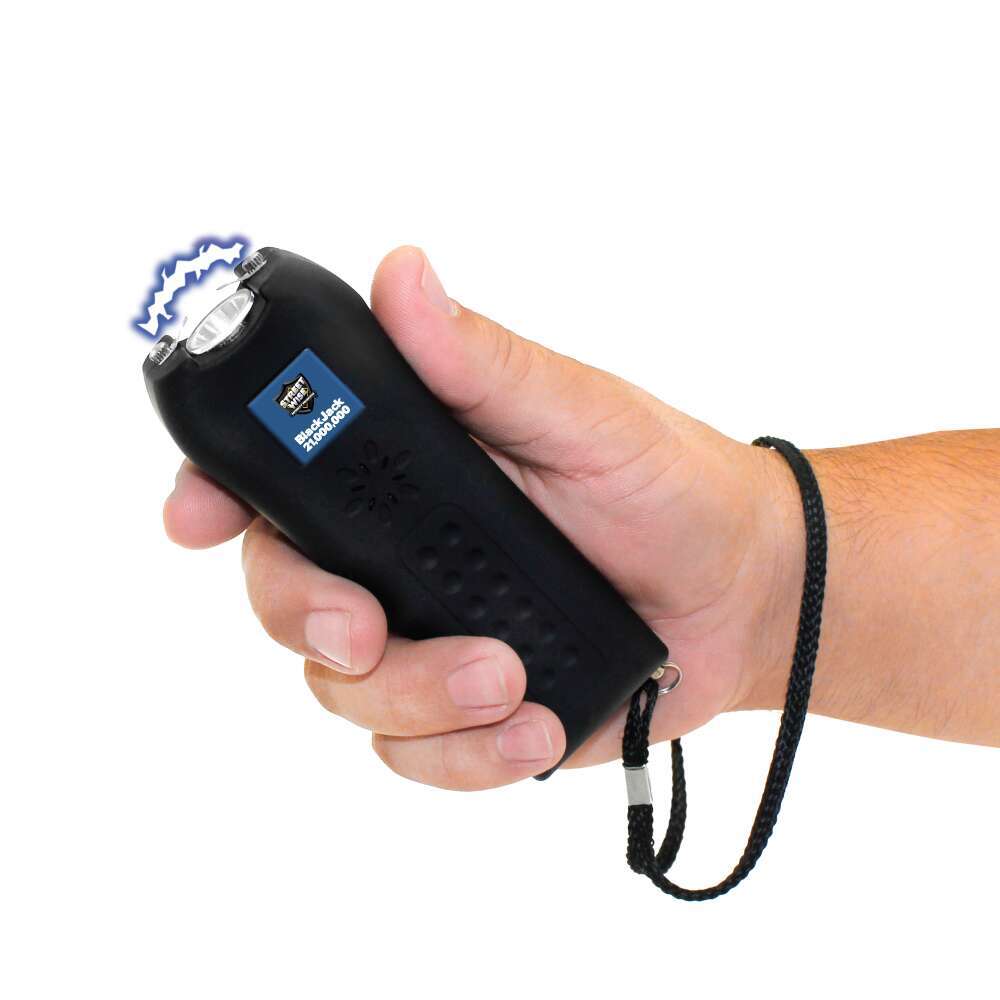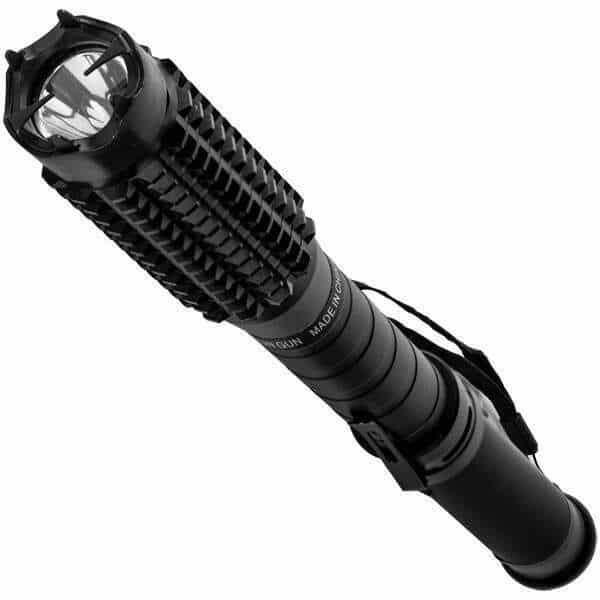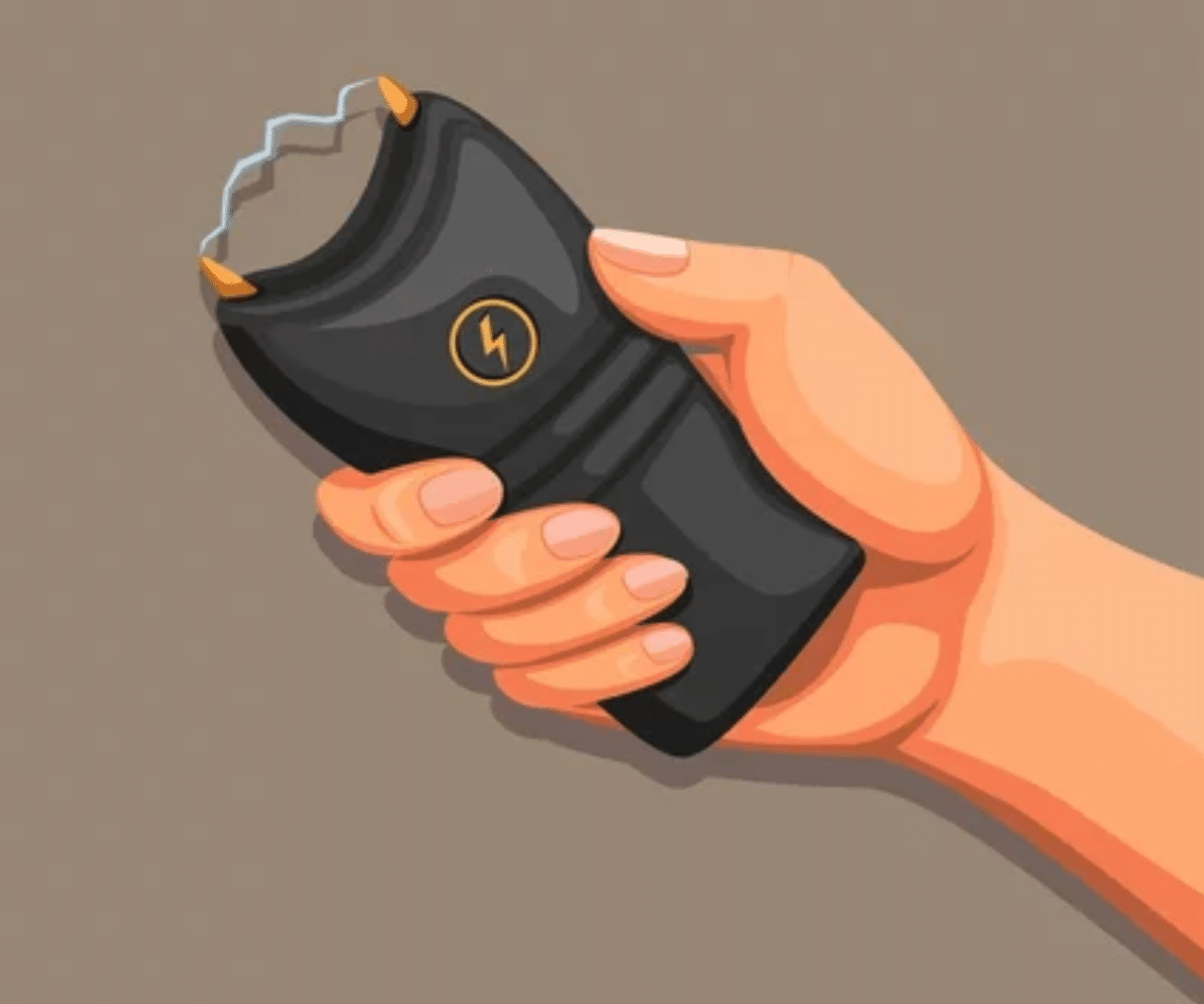Stun guns are non-lethal self-defense weapons designed to temporarily incapacitate an attacker without causing permanent injury. They deliver a high-voltage, low-current electric shock that disrupts the target’s nervous system, causing temporary paralysis and pain. In this comprehensive guide, we will explore the science behind stun guns, their components and design, popular models and features, effective usage techniques, and important legal and safety considerations.

Mechanism of Action
Stun guns function by sending a high-voltage, low-current electrical charge through the target’s body. This charge interferes with the normal function of the nervous system, causing involuntary muscle contractions and temporary paralysis. While the voltage can range from 50,000 to 1,000,000 volts, the current is limited to around 3 milliamperes, ensuring that the shock is non-lethal.
Physical Effects of Stun Guns
When the stun gun’s electrodes make contact with the target’s skin, the electrical charge disrupts the body’s natural electrical signals. This interference leads to uncontrollable muscle contractions, making it difficult for the attacker to move or maintain balance. The effects are temporary and typically wear off within a few minutes, allowing the target to recover without long-term harm.
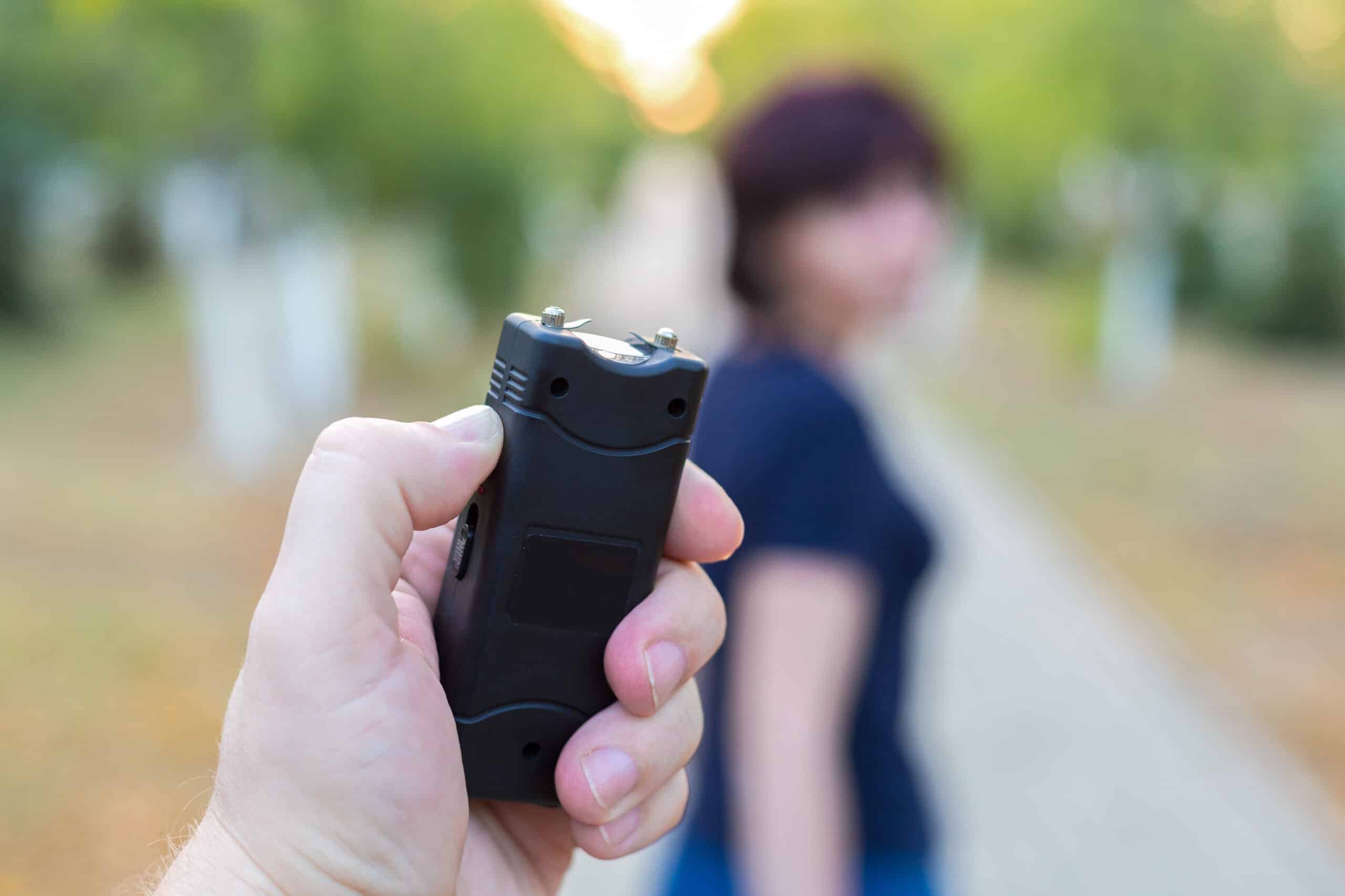
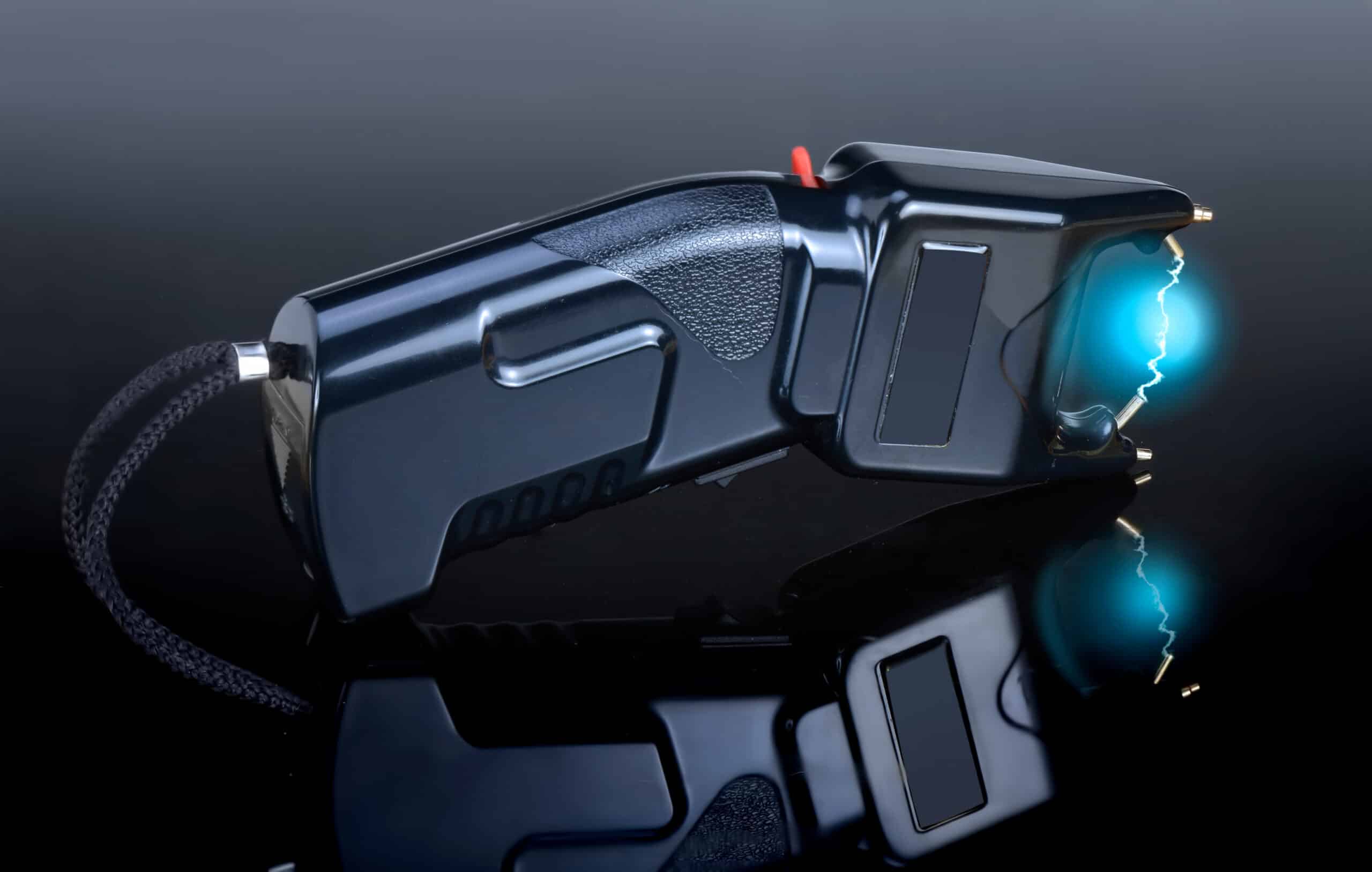
Key Components
Stun guns consist of several essential components, including:
-
- Battery: Supplies the power source for the stun gun, usually in the form of rechargeable or disposable batteries.
- Transformer: Increases the battery’s low voltage to the high voltage required for an effective shock.
- Oscillator: Generates a pulse frequency, which determines the stun gun’s output and shock intensity.
- Capacitor: Stores the electrical charge before it is discharged through the electrodes.
- Electrodes: Transfer the electrical charge to the target upon contact.
Design Considerations
An effective stun gun should be easy to carry, conceal, and operate. It should also include a safety mechanism to prevent accidental discharge and deliver a powerful electric shock capable of incapacitating an attacker. Some stun guns offer additional features such as flashlights, personal alarms, or integrated pepper spray.
Traditional stun guns are handheld devices that require direct contact with the target’s skin to deliver an electric shock. They usually have two electrodes on the front of the device and a safety switch to prevent accidental discharge. Some models also include an LED flashlight for added utility.
Stun batons provide an extended reach compared to traditional stun guns, enabling users to maintain a safer distance from their attacker. They often feature a rubberized grip and are an excellent choice for security personnel and those seeking a longer-range self-defense option.
TASER Guns are a specialized type of stun gun that can be deployed from a distance. They launch two small probes attached to thin wires, which deliver the electric charge upon contact with the target’s skin. TASER Guns have a range of up to 30 feet and are widely used by law enforcement officers. These devices also feature a built-in laser sight for improved accuracy.
Disguised stun guns are designed to resemble everyday objects, such as cell phones, lipstick tubes, or flashlights. This camouflage helps users maintain an element of surprise in self-defense situations. While these devices may not be as powerful as other stun gun models, their discreet appearance can offer a valuable advantage.
Proper Grip and Handling
To use a stun gun effectively, hold the device securely in your dominant hand with your fingers around the grip and your thumb on the safety switch. Ensure that the electrodes are facing outward and away from your body.
Targeting Vulnerable Areas
Aim for vulnerable areas on the attacker’s body, such as the neck, torso, or thighs. Targeting these areas will maximize the stun gun’s effectiveness and increase the likelihood of temporary incapacitation.
Maintaining a Safe Distance
Whenever possible, maintain a safe distance from the attacker. Stun batons and Taser devices are particularly useful in this regard, as they allow for increased reach or remote deployment, respectively.
Escaping the Situation
After successfully deploying the stun gun, use the opportunity to escape the situation and seek help. Remember that the effects of a stun gun are temporary, and it is crucial to prioritize your safety.
Stun gun legality varies by country, state, and even city. It is essential to research and understand the regulations in your area before purchasing or carrying a stun gun. In some jurisdictions, a permit may be required, while in others, stun guns may be prohibited entirely.
To prevent accidents and misuse, store your stun gun in a secure location, away from children and unauthorized users. Always engage the safety switch when the device is not in use and avoid handling the stun gun while under the influence of alcohol or drugs.
Before using a stun gun for self-defense, familiarize yourself with its operation, features, and limitations. Consider attending a self-defense class or seeking professional guidance to enhance your proficiency and confidence in using the device.
Conclusion
Stun guns are a valuable self-defense tool, providing a non-lethal means of incapacitating an attacker. Understanding the science behind stun guns, their components, and design, as well as effective usage techniques, is crucial for maximizing their potential. Additionally, staying informed about legal and safety considerations will ensure responsible ownership and use. By following the guidelines outlined in this comprehensive guide, you can make an informed decision about incorporating a stun gun into your personal safety plan. Also, see the Streetwise Smart Key Chain Stun Gun in action and learn how this compact device enhances personal safety.


